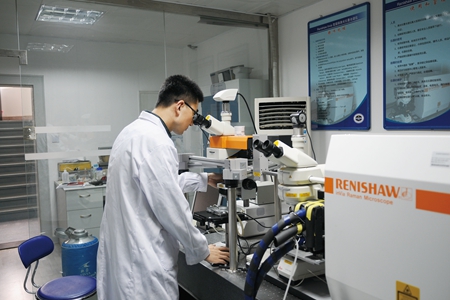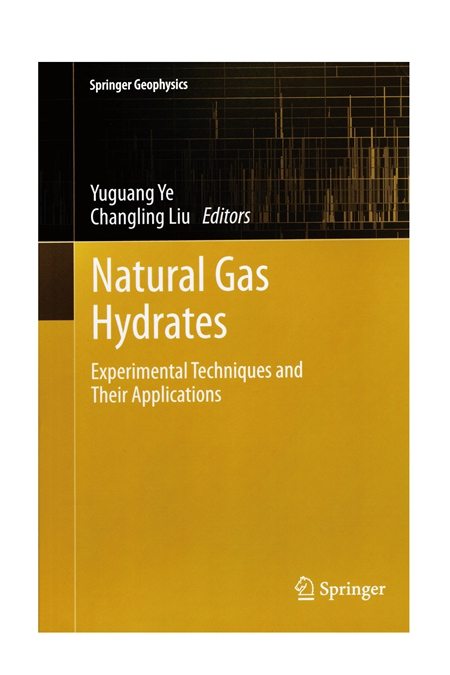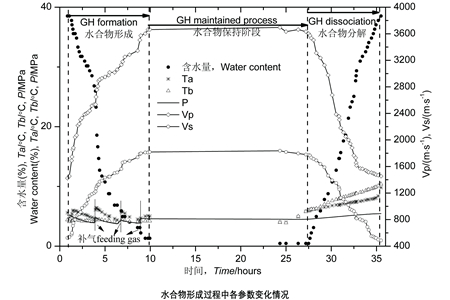Key Laboratory of Natural Gas Hydrate, Ministry of Land and Resources
An Overview of the Laboratory:
The laboratory was approved by the Ministry of Land and Resources in order to ensure energy supply of the country and solve related theoretical issues and key technical problems in the exploration and development of gas hydrate resources. It has engaged in the research on gas hydrate forming theories for technical innovation, with priority given to the basic research on accumulation mechanism and process of gas hydrate, resources survey and evaluation techniques, development and utilization technology and environmental impacts. A methodology system for gas hydrate simulation and testing technology has been established and continuously improving, as the support to exploration and development of gas hydrate resources. The laboratory has been recognized as one of the leading laboratories in the world in terms of gas hydrate simulation technology.

Key research directions:
Gas hydrate accumulation mechanism and evolution process
Simulation experiment of gas hydrate exploration technology
Gas hydrate exploitation and environmental impacts
Gas hydrate testing technology and standardization
Nucleation mechanism and numerical simulation of gas hydrate

Expected goals:
It is expected that a well-equipped and knowledgeable scientific research team with certain international influence will be set up within 5 to 10 years. With the support of scientific and technological progress and innovation, major breakthroughs will be made in gas hydrate exploration, development and environmental protection, and a relatively complete and advanced gas hydrate exploration and development technology system will be developed.
Main Achievements:
A set of hydrate experimental testing device with proprietary intellectual property rights are produced, and a series of hydrate exploration technology are developed with over twenty national patents.
The physical parameters of hydrate-bearing sediments (including acoustic, mechanical, electrical parameters) and their relationship with hydrate saturation are systematically studied, relevant mathematical models established, and research of the response relationship between hydrate saturation in sediments and acoustical.
The laboratory has carried out hydrate micro-analysis using Raman spectroscopy, X-diffraction spectrometer, X-CT, etc., and successfully analyzed the gas hydrate samples from the Qilian Mountain permafrost zone and the Shenhu area of the South China Sea, providing an important basis for the exploration of gas hydrates in these areas.
Springer Press recently published our results as the first English monograph on gas hydrate experimental techniques and application, which attracted wide attention both at home and abroad.

